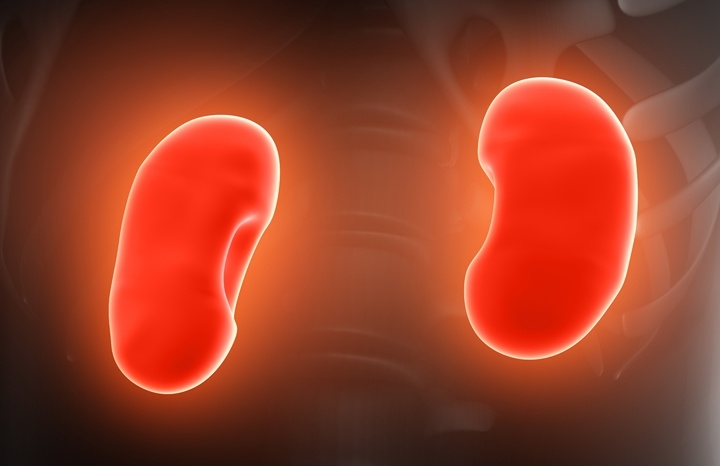
In a world first, Japanese researchers have successfully used stem cells to produce kidney cells containing a congenital defect that causes paediatric kidney disease. They will now be able to analyse these cells in new ways and hopefully come up with a cure for the condition.
The process began by taking some skin cells from a patient with paediatric kidney disease. These cells were then turned into induced Pluripotent Stem Cells (iPSCs), which were prompted to differentiate into kidney cells. The newly-created kidney cells kept the “nephrin mutation” that causes paediatric kidney disease.
Nephrin is a protein that is an important component of the kidney filtration membrane. Many forms of kidney disease involve a mutation of this protein. Having kidney cells with this mutation available in-vitro will allow researchers to test drugs on the cells and to learn more about the development of kidney disease.
The kidneys play an important role within the human body, removing waste products from the blood and producing urine. During this process, the kidney filtration membrane is used to ensure that proteins in the blood do not leak into the urine.
People who have a genetic mutation that affects their nephrin production will have a faulty kidney filtration membrane, which leads to blood entering the urine, causing congenital nephrotic syndrome. This is a dangerous condition that can damage the kidneys, so finding an effective treatment is important.
It has taken the researchers many years to reach this point. They team first produced artificial kidney tissue using iPSCs in 2014 — also a world first. They then discovered that glomerular podocytes derived from iPS cells strongly expressed nephrin in 2016. The information gained from these two studies helped them reach a point where they could create kidney tissue that reproduced paediatrics kidney disease.
The research team has already learned a great deal about how nephrin works in affected kidney tissue. They discovered that nephrin, remained inside the kidney cells of affected tissue, when it should be on the surface of the glomerular podocyte. This is why very little filtration membrane precursor could develop.
The researchers hope that these new discoveries will lead to treatments for many forms of kidney disease in the near future.
Source: Reproducing pediatric kidney disease from human iPS cells



